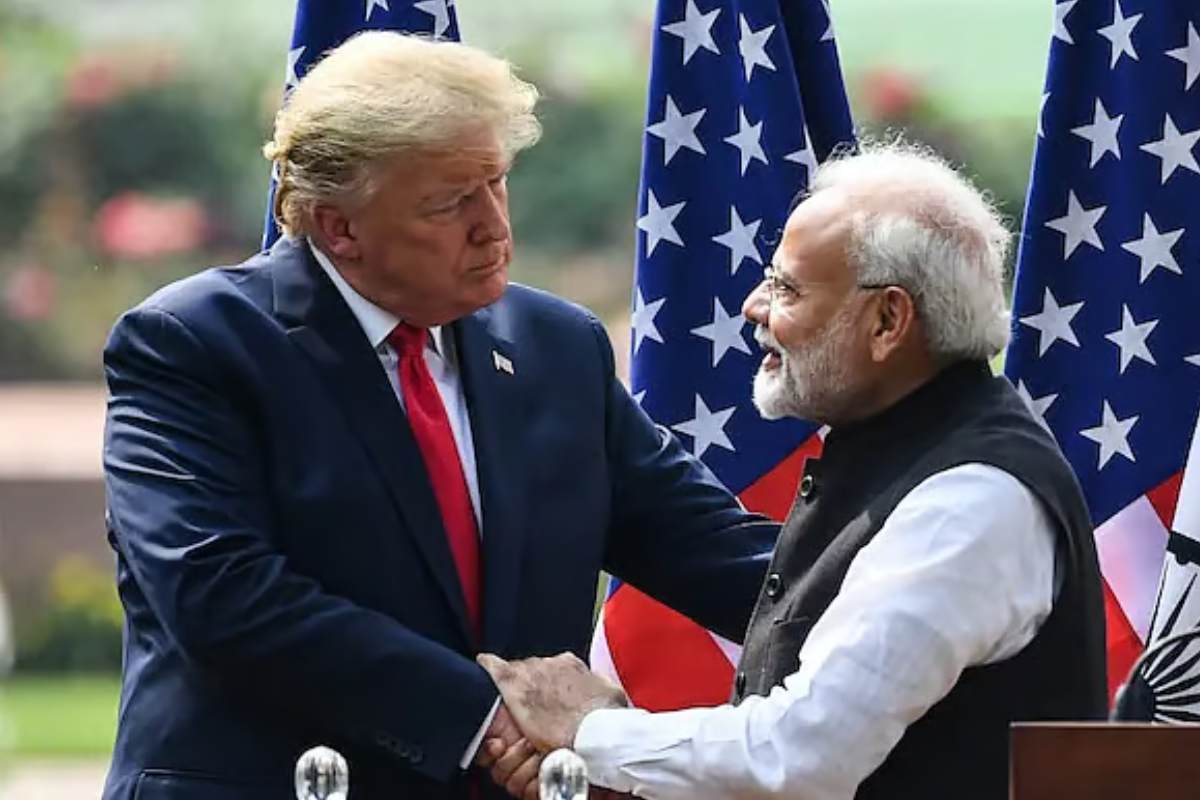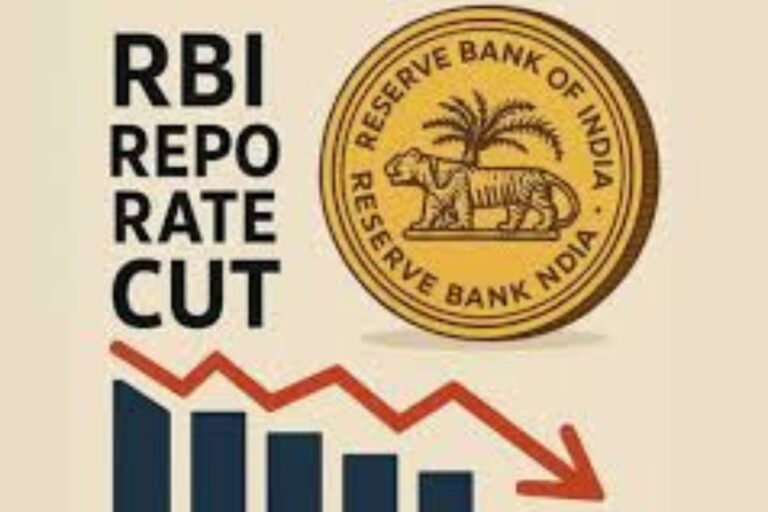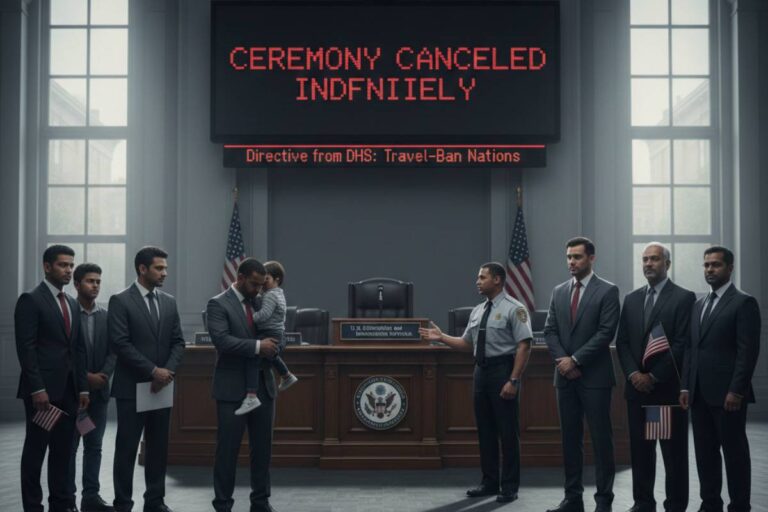US-India Defense Ties Hit By Tariff Turbulence
A quiet pause. Or perhaps a strategic standoff. This week, reports swirled through global newsrooms: India, one of Washington’s fastest-growing defense partners, might be halting, or at least hesitating, on major arms deals with the United States. Why? Well, it all boils down to trade trouble. US President Donald Trump has just doubled tariffs on Indian exports, with rates now soaring to an eye-watering 50%. The official reason cited by the White House? India’s ongoing purchases of Russian oil, seen as indirect support for Russia’s actions in Ukraine. But as often happens in international relations, the real story isn’t just about numbers or oil barrels: it’s about shifting alliances, deepening mistrust, and the sometimes unpredictable rhythm of global diplomacy.
Funny thing is, Indian officials have jumped to deny the headlines. Yet behind the scenes, tensions are unmistakable. Let’s break down what’s going on, the facts, the ambiguities, and the bigger context that’s drawing in generals, trade ministers, and nervous exporters on both sides of the globe.
What Sparked the Standoff? Trump’s Tariffs and India’s Oil Imports
Let’s start with simple cause and effect, the domino that tipped everything over. On August 6, 2025, President Trump signed off on a fresh round of tariffs: an extra 25% duty on Indian goods. Already subject to hefty US trade barriers, Indian exports are now among the most heavily taxed anywhere in Washington’s global market. The move, as Trump made very clear, was punishment for India’s continued purchase of discounted Russian oil. In his view, that cash flow meant India was indirectly funding Moscow’s ongoing war in Ukraine. Cue outrage in New Delhi and a flurry of diplomatic phone calls.
- US tariffs now total 50% on Indian goods
- India is one of America’s largest trading partners, with total bilateral trade topping $190 billion last year
- Washington runs a roughly $45 billion trade deficit with India, a key detail in this escalating dispute
- India has consistently condemned the hikes as ‘unfair, unjustified and unreasonable’
Two nations. Two wildly different perspectives. And, suddenly, plans for big-ticket defense procurements are standing on uncertain ground.
Did India Halt US Defense Purchases? The Mixed Signals
- On one hand, Multiple US news outlets cite Indian government insiders saying procurement talks are “on hold,” with several planned deals paused pending further review.
- On the other hand, India’s Ministry of Defence, joined by senior government spokespeople, has flatly called these reports “false and fabricated.” The country insists negotiations are moving forward, “as per extant procedures,” with no official suspension.
So what’s the truth, at least for now? According to senior Indian officials (including sources at Defence headquarters in New Delhi), no formal instructions have been issued to halt anything. But several deals, including those for Stryker combat vehicles from General Dynamics, Javelin anti-tank missiles from Raytheon and Lockheed Martin, and a $3.6 billion purchase of Boeing P-8I reconnaissance aircraft for the Indian Navy, are facing hold-ups. And then there’s the now-cancelled visit by Defence Minister Rajnath Singh to Washington, originally scheduled to showcase these joint procurements, another sign that things aren’t exactly business as usual.
“The news reports on India pausing the talks related to defence purchases with the US are false and fabricated. It is clarified that the various cases of procurement are being progressed as per the extant procedures.”, Ministry of Defence spokesperson
But here’s the kicker: even Indian officials admit privately that no forward movement is happening, at least “for now.”
Key Weapons and Military Aircraft in the Spotlight
Potentially Paused Defense Deals
- Stryker Combat Vehicles: Manufactured by General Dynamics Land Systems, these armored vehicles were on India’s procurement list, symbolizing deepening US-India ground force cooperation.
- Javelin Anti-Tank Missiles: The joint production deal with Raytheon and Lockheed Martin would have brought advanced anti-tank capability to the Indian infantry.
- Boeing P-8I Reconnaissance Aircraft: A planned $3.6 billion Navy deal for six more P-8Is, key for monitoring the Indian Ocean Region amid rising Chinese naval activity, now appears to be under review.
Other Noteworthy Deals (Historical and Ongoing)
- C‑130J Super Hercules, C‑17 Globemaster III, P‑8I Poseidon, CH‑47F Chinook, and more: Over the last decade, India has integrated dozens of US-origin platforms into its military. Joint procurement agreements and tech transfer plans have grown accordingly.
The Strategic Backdrop: India’s Security Needs, and Competition With China
All of this goes way beyond hardware, contracts, or tariffs. At its core, the US-India defense relationship is a bulwark against the shifting tides of Asian geopolitics. China’s assertive moves, especially across the Himalayas and in the Indian Ocean, have driven New Delhi to seek closer security ties with Washington. The US, for its part, counts on India as a major counterweight to Chinese influence.
India may be the world’s second-largest arms importer, but the story is changing. Although Russia remains its biggest supplier, recent years have seen procurement turn westward, to France, Israel, and, increasingly, the US. These new relationships, and joint production agreements, are built on shared priorities: technology transfer, interoperability, and balancing regional power.
Trade, Trust, and Troubles: How Tariffs Threaten More Than Just Defense Deals
But here’s what gnaws at officials, both in the Pentagon and South Block (India’s seat of power): when trade tensions boil over, security cooperation risks going cold. Just consider the chain of events in the week since the tariffs:
- Major US retailers have begun urging Indian exporters to diversify, worried about steep price jumps and supply disruptions
- India has pledged to ‘take all action necessary’ to defend its strategic interests, including reevaluating procurement partnerships
- Other partners, especially France and Israel, are quietly wooing Indian procurement teams with “alternative offers.”
And if I’m honest, there’s a broader lesson here: today’s hardball tariff move could have long-tail consequences, pushing India to accelerate moves towards strategic autonomy, buying more from domestic manufacturers and non-US suppliers.
Denials, Clarifications, and Diplomatic Jockeying
All week long, the sound bites have been flying. Here’s what’s been said, straight from government channels and official sources:
- Denied Suspension: “False and fabricated.” “No pause in talks related to buying US arms.” “Supplies to continue under existing contracts.”, Various Indian government spokespeople, spanning the Defence Ministry to the External Affairs Office
- Washington’s Position: While the Pentagon and US embassy in New Delhi are officially “not commenting on ongoing procurement talks,” several US defense contractors have diverted inquiries to their respective governments, a tacit admission that, at the very least, things aren’t moving as expected.
- Cancelled Trips and Stalled Meetings: “No confirmation” of Defence Minister Rajnath Singh’s cancelled Washington visit, yet the absence of a formal announcement speaks volumes. Diplomats are, if anything, keeping things in a wait-and-see mode.
India’s Arms Buying: From Russia To The West (A Quick History)
A brief aside, since context matters: India’s defense procurement has always been a careful balancing act. For decades, Russia (and before that, the Soviet Union) was the principal supplier of jets, tanks, and missiles. But by the 2010s, New Delhi started integrating weapons from Western nations, both for cutting-edge technology and diplomatic leverage.
- Western suppliers (France, Israel, US) now account for over one-third of India’s total arms imports
- Major recent orders include Rafale fighters (France), Spike anti-tank missiles (Israel), and MQ-9B drones (US)
- Joint development projects with the US have accelerated over the Trump and Biden administrations, with a new focus on co-production and technology transfer
The funny thing is, every time trade tensions rise, whether over oil, tariffs, or export controls, India seems to quietly boost talks with non-US partners as a kind of insurance policy.
What Happens Next? Possible Scenarios
If I had to hedge a bet, three main scenarios are in play:
- Short-Term Pause, Quick Resolution: Here’s hoping for a fast fix, India gets enough assurances, procurement resumes, and both sides chalk it up as a short spat.
- Long-Term Chill: Tariffs stay high. India slows or even cancels ongoing deals, pivots back to France, Russia, and domestic arms makers. US defense companies lose out on billions.
- Unpredictable Path: Given Trump’s history of abrupt policy reversals, a diplomatic breakthrough could come suddenly, or not at all.
No matter the outcome, the broader defense partnership will likely survive. But these weeks of tension reveal a hard truth: trade disputes can undermine even the deepest strategic ties.
The Global Ripple Effect: Allies, Adversaries, and Economic Fallout
Funny how a spat between two governments can shake up the world’s defense markets and global supply chains. Here’s what’s already happening:
- EU and UK officials are quietly monitoring for “secondary spillovers”, worried about losing Indian market share if Washington’s exports are squeezed
- China, ever watchful, has warned of “abuse of tariffs,” while continuing to build its security partnerships in Asia
- The US business community, apparel exporters, tech giants, and more, are anxiously eyeing possible retaliatory measures from India, especially in key sectors like textiles and software
From Wall Street traders to naval strategists, everyone’s recalibrating.
Quotes That Frame the Moment
“Tariff wars don’t just hit exporters and importers. They sometimes tie the hands of generals.”, Unnamed US defense analyst
“New Delhi is not afraid to walk away from deals that come at unacceptable cost to our strategic autonomy.”, an Indian government official (off the record)
SEO-Focused Q&A: The Terms Everyone’s Searching For
What US weapons deals are affected by Trump’s tariffs on India?
Stryker armored vehicles, Javelin anti-tank missiles, and Boeing P-8I maritime patrol aircraft are reportedly facing delays. Other ongoing procurement discussions remain “under review”.
Did India officially suspend US arms purchases?
Indian officials deny any formal freeze but admit that negotiations have stalled “for now,” pending clarity on trade ties.
Why did Trump impose 50% tariffs on Indian exports?
The White House cites India’s imports of Russian oil, alleged to be funding Moscow’s war in Ukraine, as the main trigger for this steep trade barrier.
How does this affect India’s broader defense strategy?
India is reassessing costs, exploring alternative suppliers, and, if tensions last, could accelerate moves toward self-reliance and partnerships with France, Israel, and domestic firms.
Will diplomatic talks resolve the standoff?
If history is any guide, relations could thaw as quickly as they froze. Both countries have a strong incentive to maintain their strategic partnership, especially given China’s growing power in Asia.
Final Take: Why This Matters (And Why You Should Care)
When defense deals are put on ice, everyone from factory workers in Michigan to naval officers in Mumbai feels the chill. The reasons, trade, strategic autonomy, and geopolitics, are complex. The consequences, though, are immediate. What comes next? That depends on diplomats, generals, and the unpredictable rhythms of world leaders.
But one thing’s clear: in a world where barrels of Russian oil can trigger billions of dollars in lost business, the story of India and America’s arms deals isn’t just about guns and jets. It’s about the price of trust, and the cost when that trust is shaken.
Keywords for SEO: US-India defense deals, Trump tariffs, Indian military procurement, Boeing P-8I, Stryker combat vehicles, Javelin anti-tank missiles, US-India trade war, Russia oil imports, Modi-Trump relations, global arms market, defense exports, strategic autonomy, trade tensions, Asia-Pacific security, China-India rivalry, French arms sales, Lockheed Martin, Raytheon, General Dynamics, Defense Minister Rajnath Singh.
Stay tuned to Truthupfront for real-time updates on the shifting tide of US-India defense relations and the global consequences of tariff wars, because sometimes, the most important battles are fought far from the front lines.






















